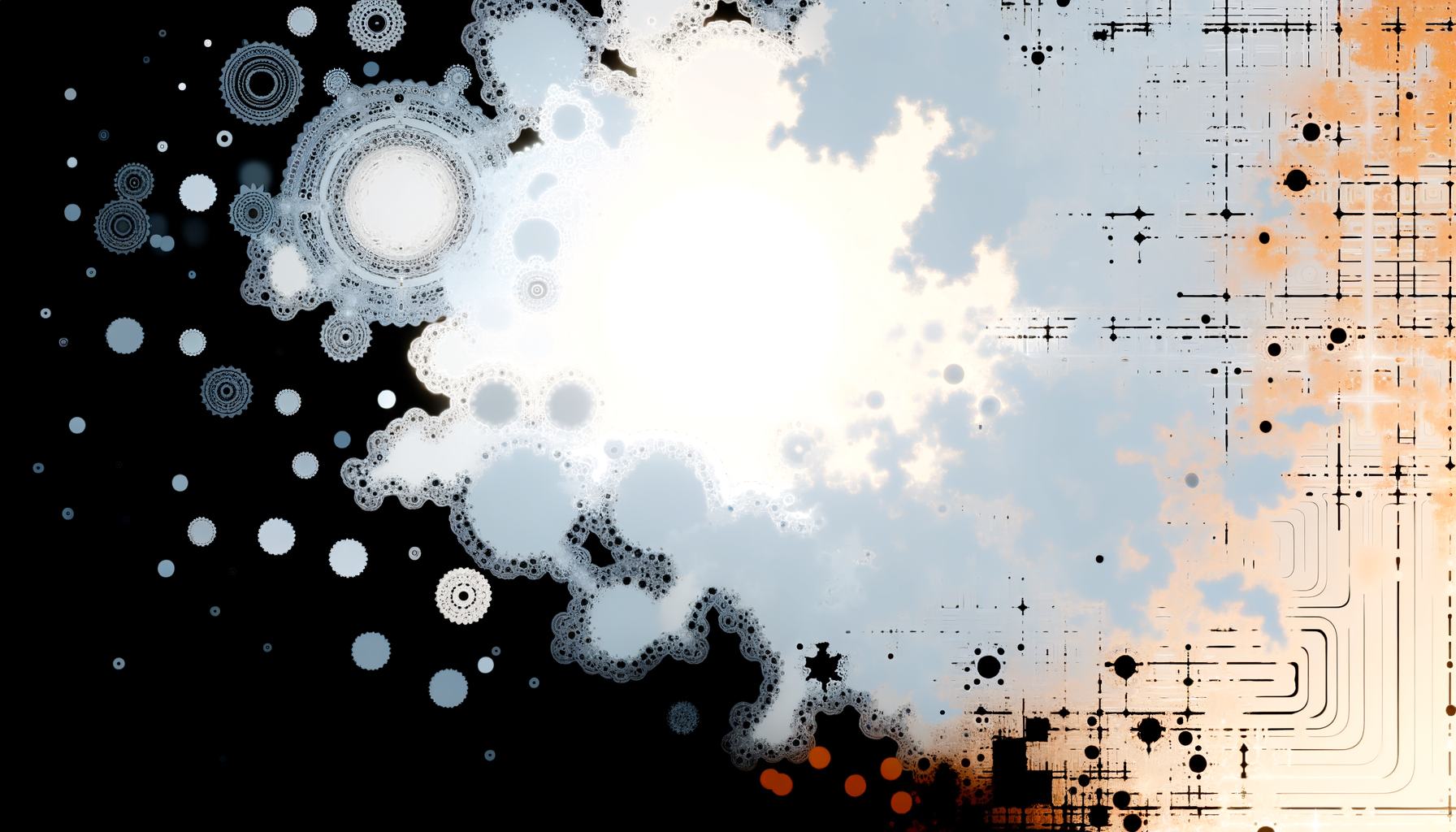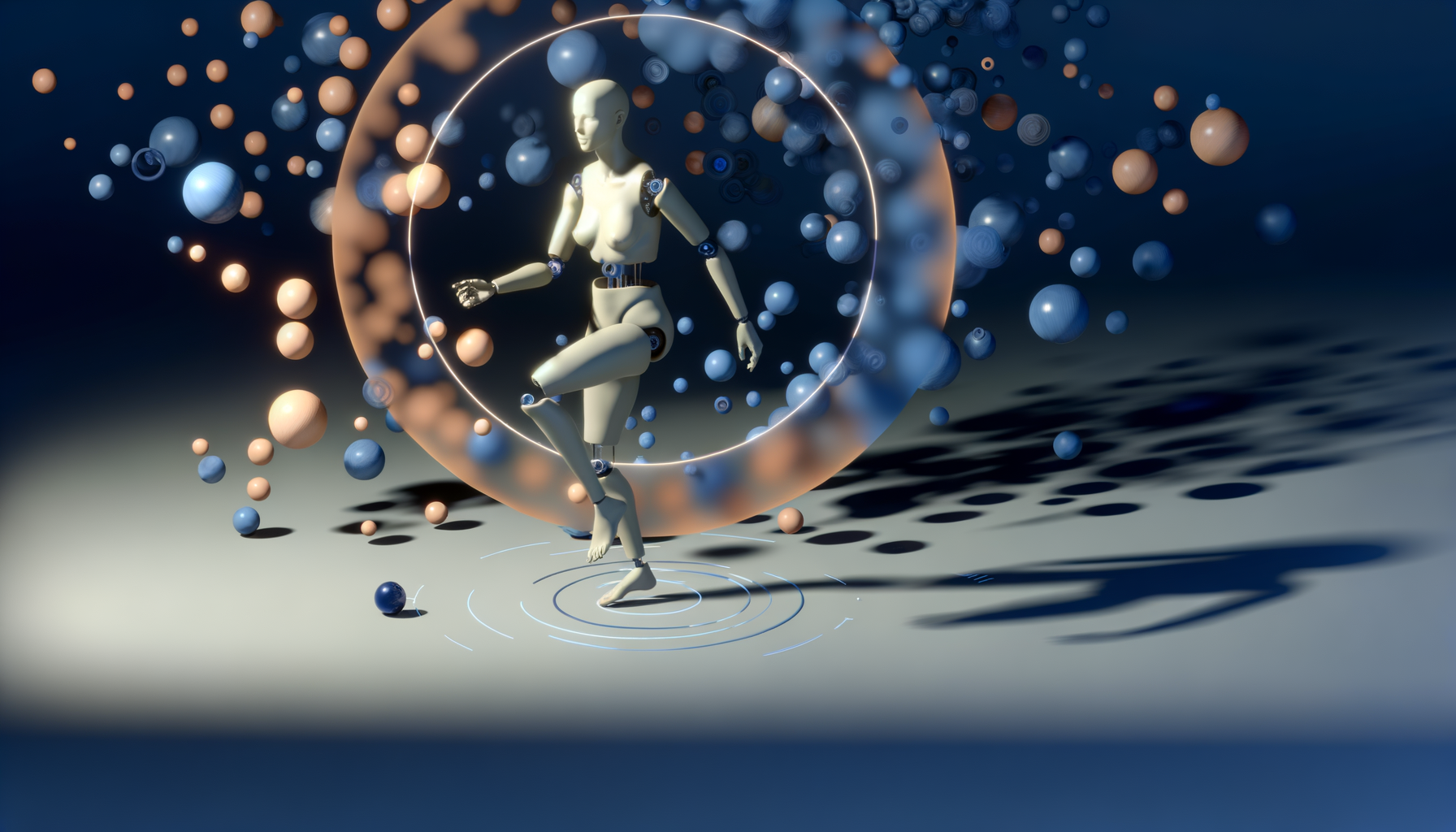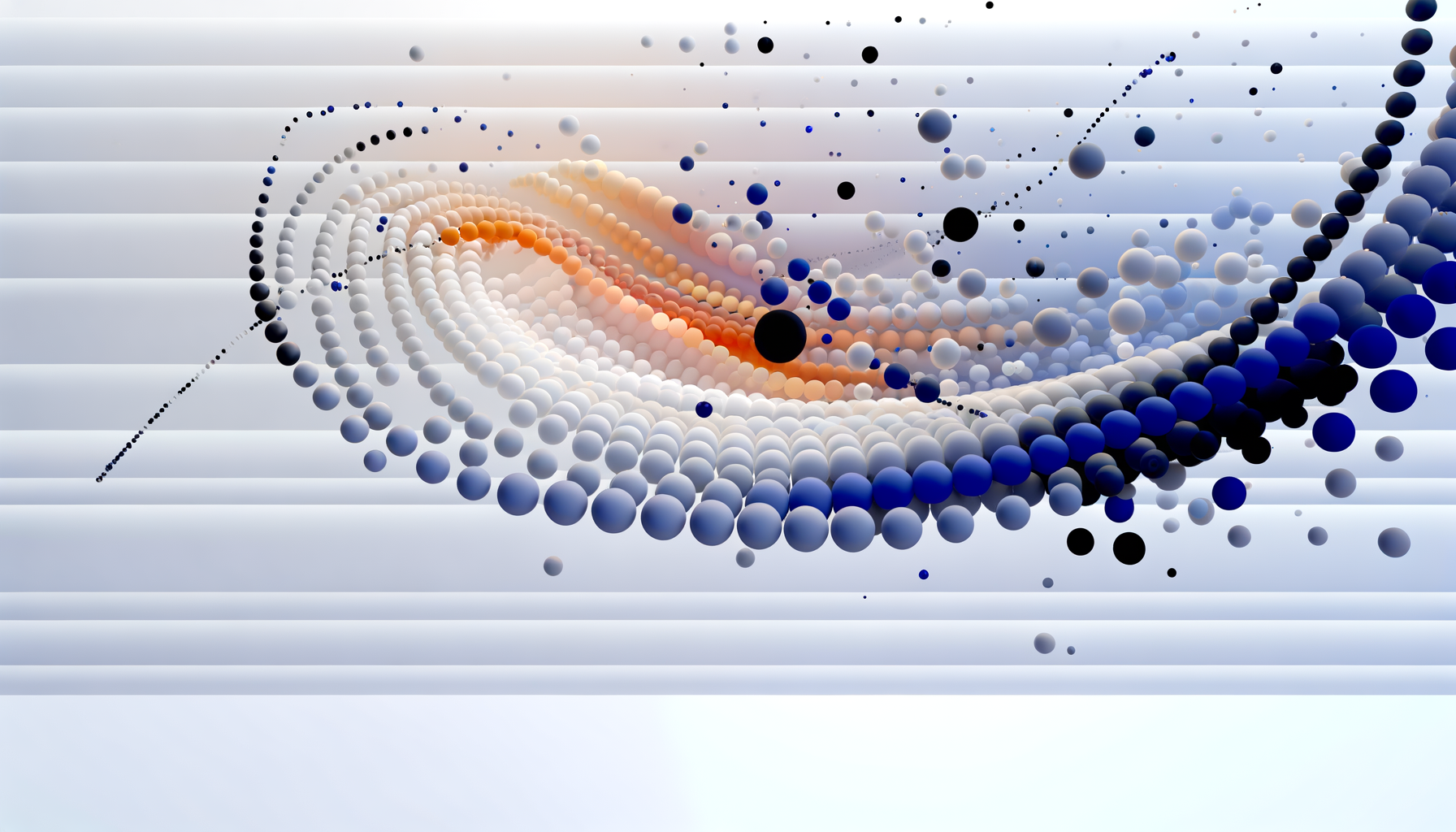What if the biggest bottleneck for quantum AI just vanished overnight? The technology fueling tomorrow’s smartest machines might finally be within reach—but almost nobody is talking about the quantum Gaussian process breakthrough that could change everything.
Quantum Machine Learning: The Limiting Edges of Today
Ask any AI researcher: quantum machine learning has always twinkled with promise, threatening to outperform classical computing on problems from optimization to pattern recognition. Yet despite years of bold claims and billion-dollar investments, attempts so far have stumbled upon the very real limitations of training quantum neural networks at scale.
Why do these failures matter? Because as quantum bits (qubits) scale, the intertwining complexity and randomness of the quantum realm tend to dismantle traditional neural nets, leading to intractable optimization landscapes and poor results. The notion of a practical, scalable, robust quantum ML backbone seemed a decade away.
The Gaussian Process Disruption
Everything changed with a recent breakthrough by researchers at Los Alamos National Laboratory. Instead of pushing harder on quantum neural networks, they turned to Quantum Gaussian Processes (QGPs)—an established ML paradigm in the classical world, now elegantly adapted for deployment on actual quantum hardware. Their work sidesteps the notorious “barren plateaus” that cripple quantum neural nets, enabling efficient, high-fidelity learning even on noisy quantum devices.
What Makes Quantum Gaussian Processes Different?
- Probabilistic Outputs: QGPs natively model uncertainty, providing not just predictions but confidence bounds. This is nearly impossible for standard quantum neural networks.
- Natural Fit for Quantum Hardware: By leveraging the mathematical properties of Gaussian processes, these models can exploit the quantum state’s full expressiveness.
- Efficient Training: Crucially, QGPs can be trained with far less data and without getting stuck in local minima, detoxing one of the worst headaches in quantum ML scaling.
How Los Alamos Made It Work
The headline: for the first time, a quantum machine learning model was trained and deployed on a real quantum device, at scale, by embedding Gaussian processes directly into the quantum computation flow—and it worked.
This accomplishment isn’t just another incremental benchmark. The training didn’t collapse as QGPs scaled up in complexity, and the inherent uncertainty quantification gave the model an immediate edge in reliability over prior approaches resistant to scaling.
The bold truth: Quantum Gaussian Processes could be the first truly practical architecture for near-term quantum AI infrastructure—leaving quantum neural nets lagging behind.
Why Quantum Neural Nets Falter
Traditional Quantum Neural Networks (QNNs) suffer due to what’s known as barren plateaus: as the model expands, the landscape for optimization flattens dramatically, making learning—optimization in technical parlance—impossible with reasonable compute. Even with state-of-the-art tuning tricks, the noise and random walks in quantum state space remain intractable.
By contrast, Gaussian processes allow for direct computation of loss and gradients in a probabilistic context, and crucially, sidestep the barren plateau effect almost entirely. This suggests a new, fundamentally more robust paradigm for quantum learning architectures as hardware finally scales.
Quantum Gaussian Processes: Technical Anatomy
Core Features of QGPs
- Kernel Trick Adapted to Quantum: Kernel methods are already fundamental to Gaussian processes; here, the kernel function is quantum-native, enabling richer, non-classical correlations.
- Noisy Intermediate-Scale Quantum Advantage: QGPs work on today’s NISQ (Noisy Intermediate-Scale Quantum) devices—meaning you don’t need a dream machine to get breakthrough results.
- Transferability: The architecture adapts from one quantum hardware paradigm (e.g., superconducting qubits) to another (e.g., trapped ions) with minimal redesign—a stark contrast to deep QNNs which often need bespoke engineering per device.
From Theory to Practice: The Algorithmic Path
The innovation lies in mapping the covariance kernel directly onto a quantum circuit: the qubits entangle according to data-dependent patterns, producing outcome distributions that encode not only mean predictions but also uncertainty. The result is a direct, hardware-native version of the Gaussian process—a statistical workhorse—with none of the scaling roadblocks that upended earlier quantum AI attempts.
Implications for 2025: The Coming Quantum AI Infrastructure
If you’re building or betting on next-gen AI infrastructure for 2025 and beyond, this news is more than theoretical:
- Model Robustness: Quantum Gaussian Processes offer out-of-the-box uncertainty quantification, giving future AI models improved reliability—a must for regulated markets, autonomous systems, and safety-critical applications.
- Scalability: Breaking free of empirical tuning and vanishing gradients, QGPs can scale with qubit count and data complexity—putting real, large-scale quantum machine learning in view for the first time.
- Cloud & HPC Integration: Because QGPs interoperate well with hybrid classical-quantum workflows, organizations can layer these models in cloud-based AI/ML stacks without overhauling existing infrastructure.
The potential: a new generation of AI powered by genuinely quantum-native learning, embedded directly into enterprise, fintech, healthtech, and critical systems—no longer just the realm of scientific demos.
Risks and Real-World Barriers
Of course, not all the hurdles are cleared yet. Quantum infrastructure remains costly and nascent. Gate errors and decoherence persist. Widespread skill scarcity exists in quantum programming and statistical ML. But the difference now: a real, scalable model architecture exists, not an aspirational blueprint.
Concrete Steps for Decision Makers
- Launch targeted proofs-of-concept using cloud-accessible QGP platforms; validate on real or synthetic data to build in-house quantum literacy.
- Map use-cases where explicit uncertainty matters most—think fraud detection, clinical diagnostics, trading—then probe the fit with QGP architectures, not legacy QNNs.
- Monitor the maturing quantum hardware ecosystem; converge roadmap milestones to coincide with the gradual democratization of quantum access.
Frequently Asked Questions
How are Quantum Gaussian Processes trained differently from classical GPs?
While the fundamental theory (Bayesian inference over functions) is analogous, quantum circuits enable the GP kernel to capture entanglement and superposition effects, allowing for learning on data structures inaccessible to classical kernels. Training proceeds via hybrid classical-quantum optimization but without the instability of QNN gradient plateaus.
What are the practical applications in 2025?
Expect pilot deployments in high-frequency trading, quantum-enhanced drug discovery, combinatorial optimization, security analytics, and anywhere that modeling rare events (outlier detection) is business critical.
How soon will true quantum advantage be realized?
While some use-cases already show hints, expect tangible superiority for nontrivial datasets as both quantum hardware matures and QGP architectures receive further field testing within the next two years.
Leadership Perspective: Navigating the Next Quantum Frontier
For AI architects, CTOs, and enterprise strategists, the rise of Quantum Gaussian Processes signals a rare window of strategic advantage. Early movers who integrate quantum-native uncertainty models will set the benchmark for trust, verifiability, and performance in their respective verticals.
Gone is the overpromising, underdelivering era of quantum AI hype. In its place: tangible architectures, peer-reviewed science, functional toolchains, and an accelerating feedback loop between theory and hardware realization. The question is not if quantum machine learning will shape the next phase of AI, but whether your organization will be ready to shape it.
Quantum Gaussian Processes unlock scalable quantum machine learning—and may be the foundation stone of next-generation AI infrastructure sooner than anyone expects.





